Today I visited the fantastic Lymington-Keyhaven nature reserve for the first time this year. I was really pleased when I arrived to discover that the tide was out.
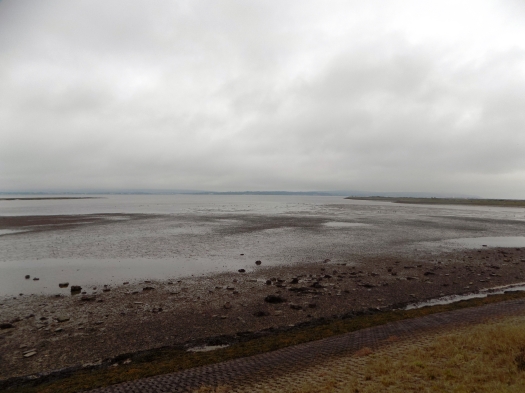
With the mud uncovered, the area was full of waders scraping around for worms and other food. The photo below gives you some idea of the large numbers of birds out on the mud- the longer you look the more birds you can see!
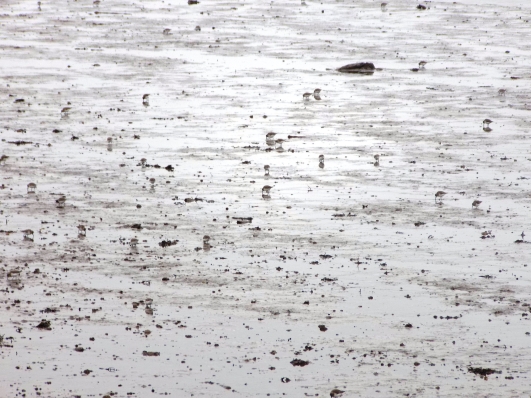
I always find identifying these small waders difficult. They are all ‘little brown jobs’, especially at this time of year. I think though that the majority of the birds here were sandpipers.
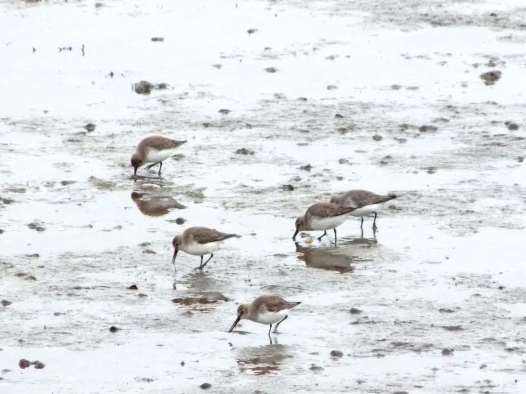
There were also a few ringed plovers in amongst these birds- despite their relative scarcity you seem to almost be guaranteed to see a ringed plover at Lymington-Keyhaven.

A bird of a similar size which I saw was this turnstone, in its winter plumage at the moment. Unlike most of the other birds here the turnstone finds its food by rummaging amongst the stones and seaweed rather than sticking it’s beak in the mud.

Most of the bigger birds stick closer to the shoreline, like the oystercatcher, redshank and little egret below- the latter of which was really being buffeted by the wind!
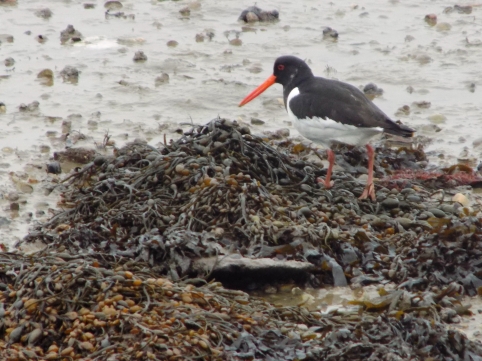
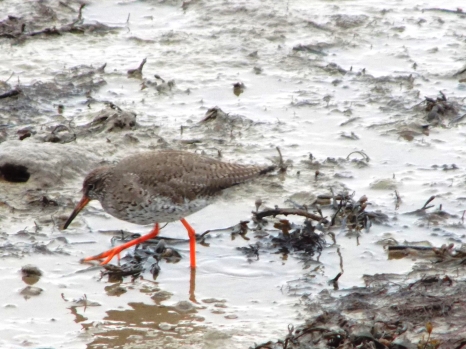
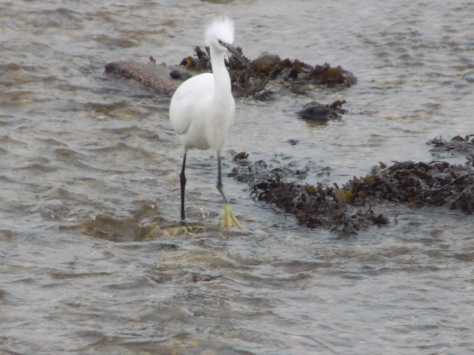
I was pleased to see a handful of curlews out on the mud. It’s the UK’s largest wader and uses that long curved beak to drag worms out of the mud.
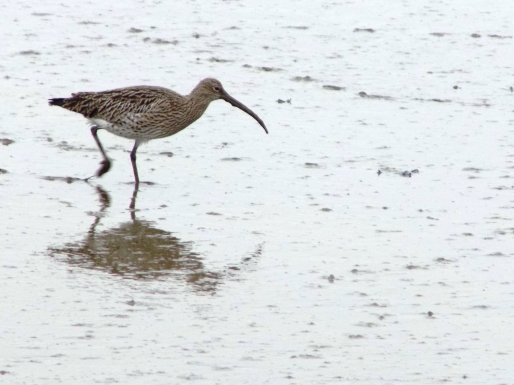
As well as waders, there were plenty of waterfowl around. The most numerous today were teals, on both the marsh and the Solent.
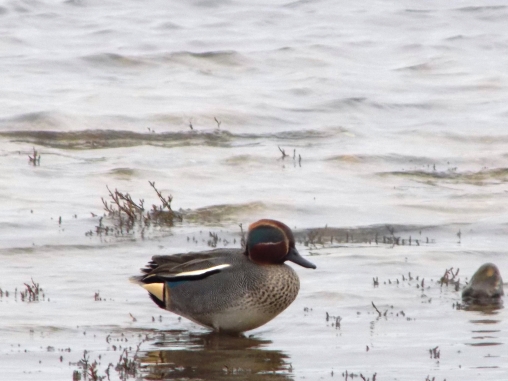
Unlike my last visit there were hardly any wigeon present, just this small group.

There were several shelducks on the Solent, which look really beautiful at the moment.
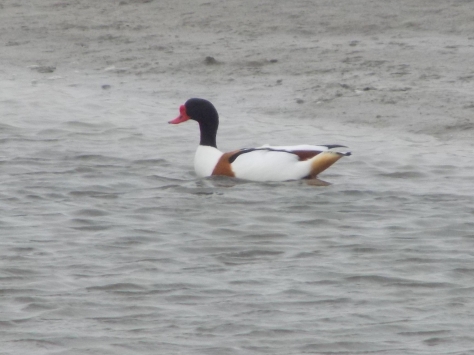
My final species of the day is the brent geese, of which there was a large flock on the marsh.

Brent geese are winter visitors to the UK. They are vegetarian and particularly like eel-grass. There are two distinct sub-species, light-bellied and dark-bellied- I think these are light-bellied. They probably come from the Taymyr Peninsula in Northern Siberia and fly all the way down here for the Winter.

No comments:
Post a Comment